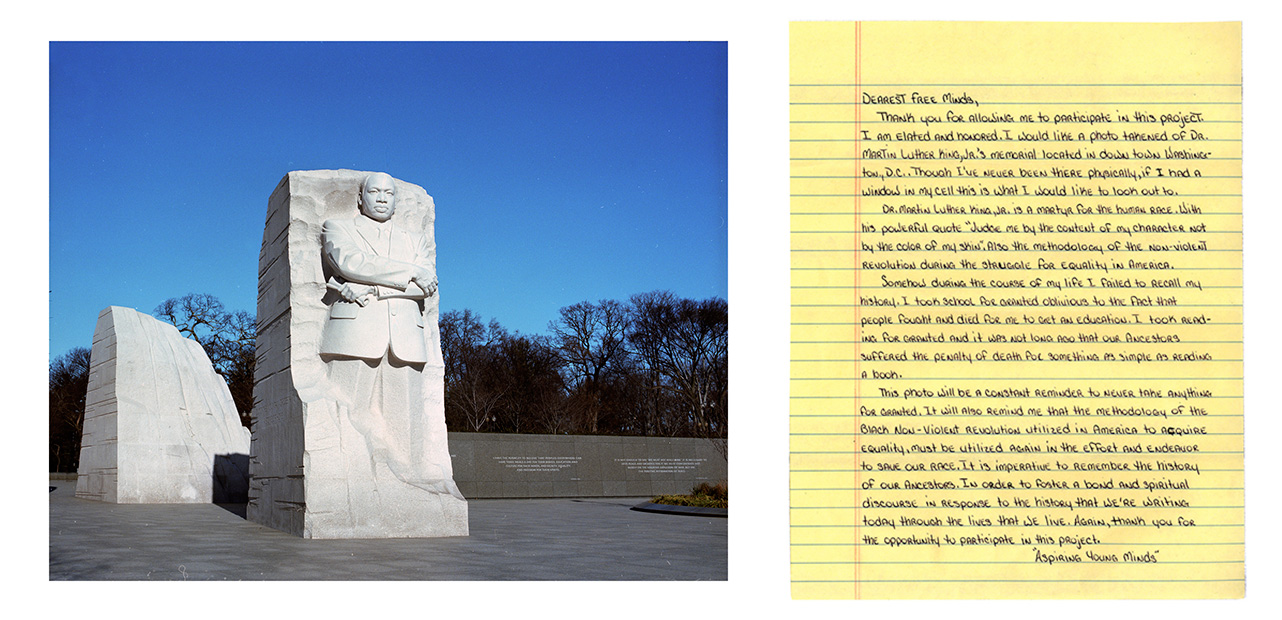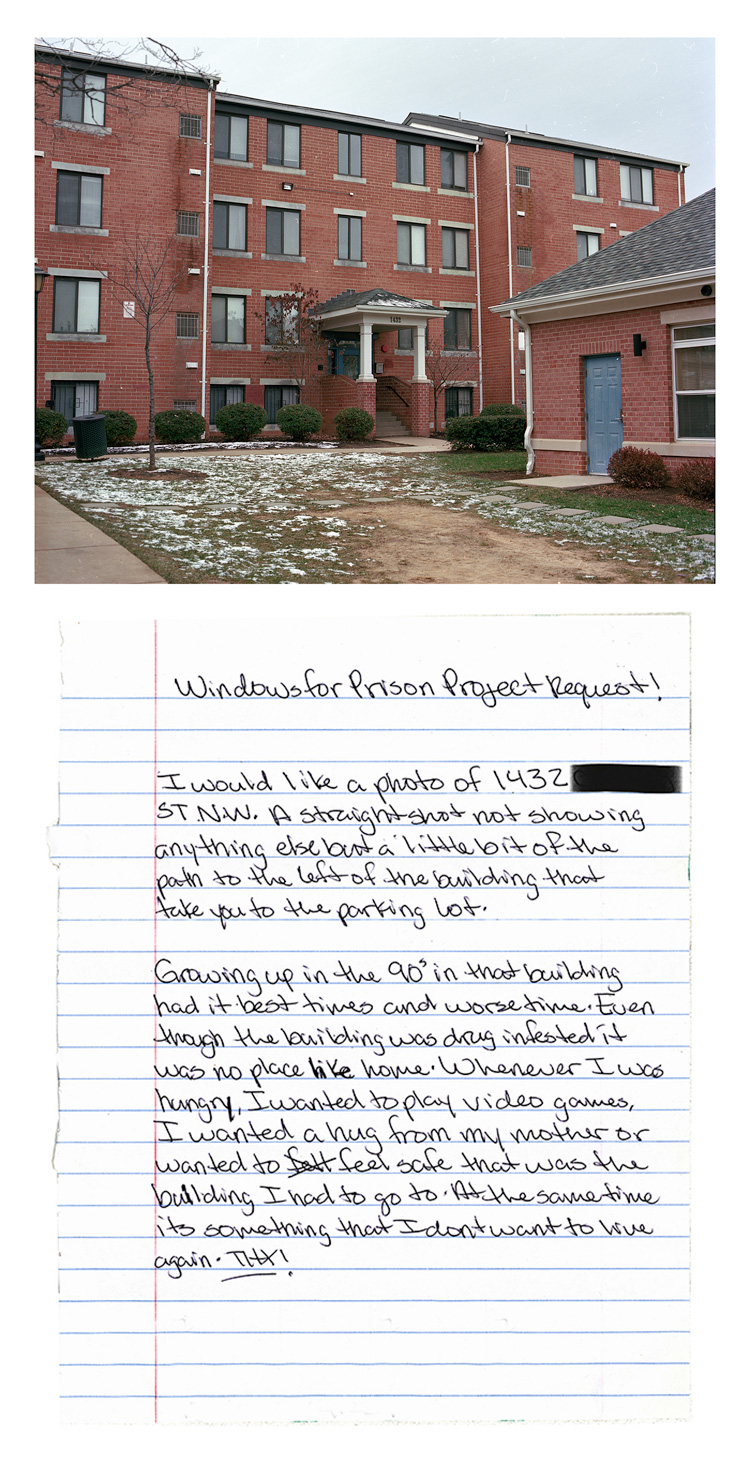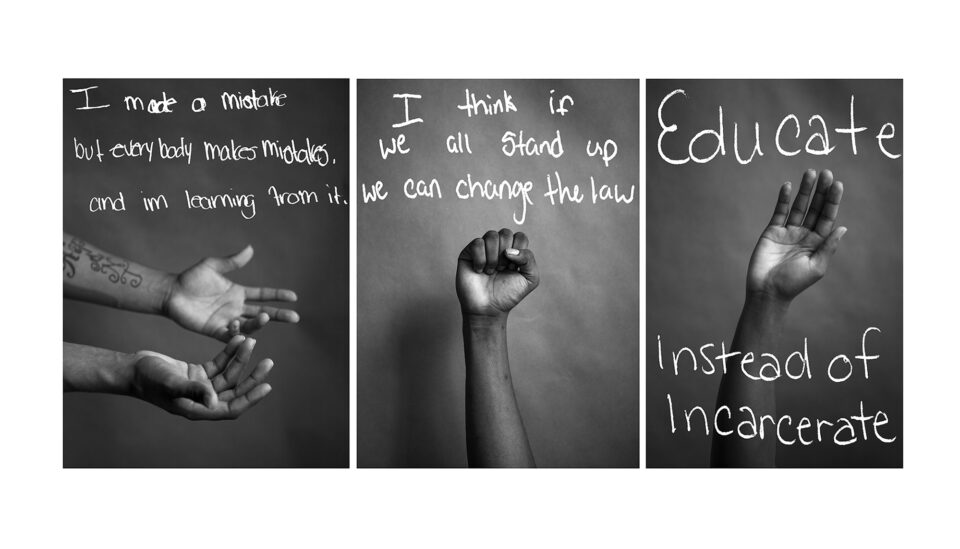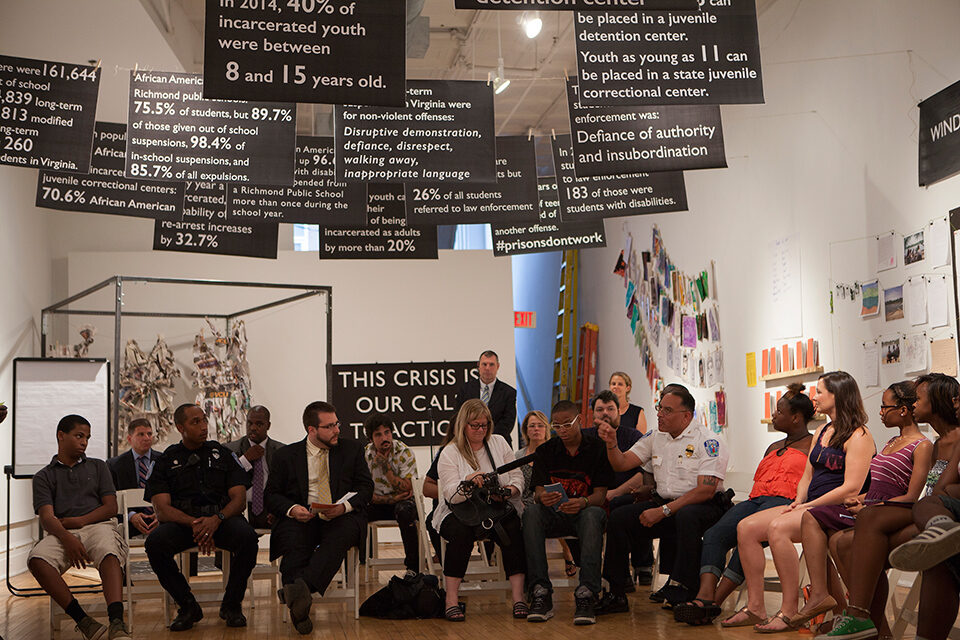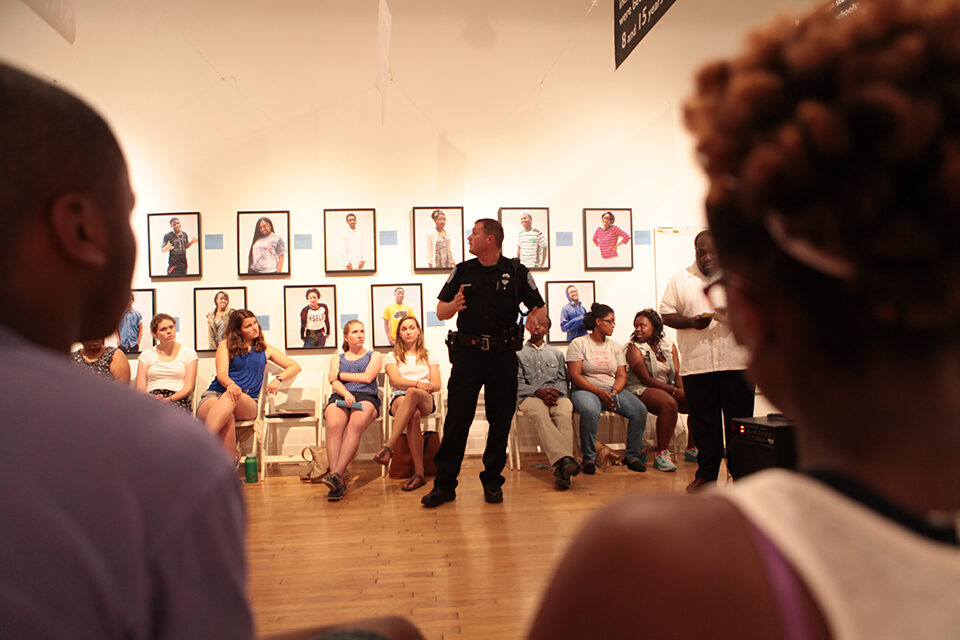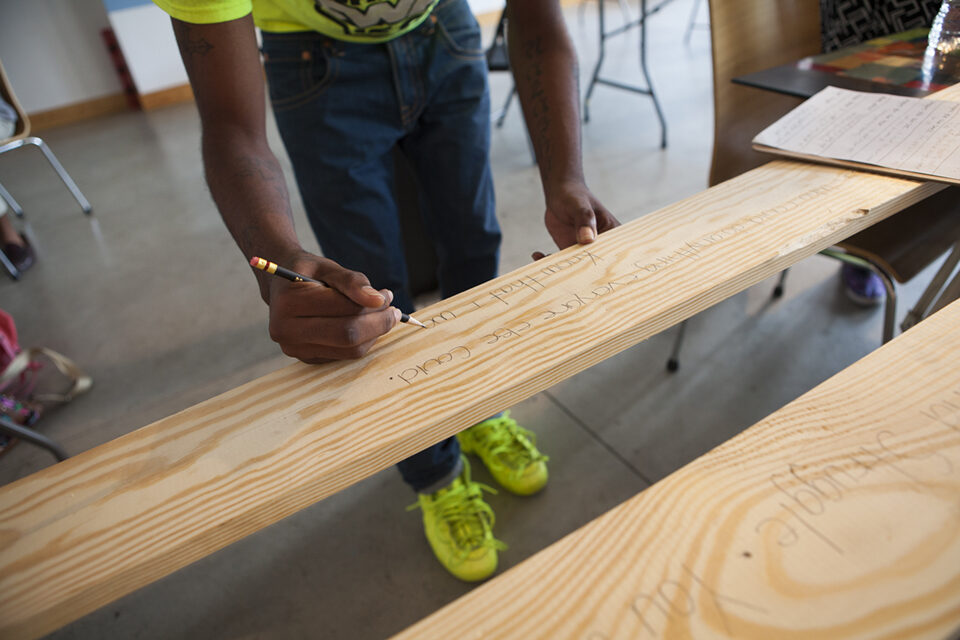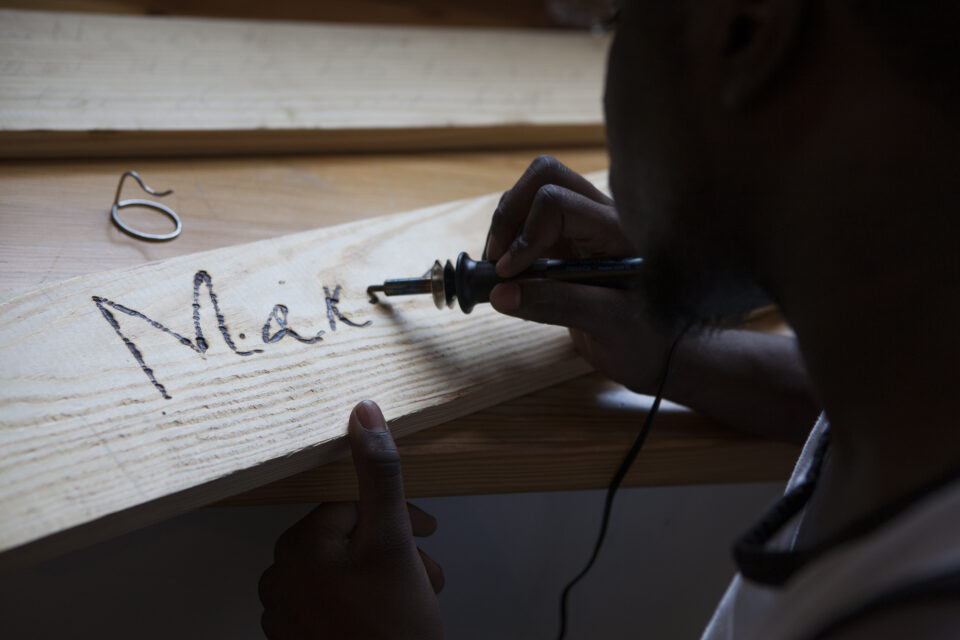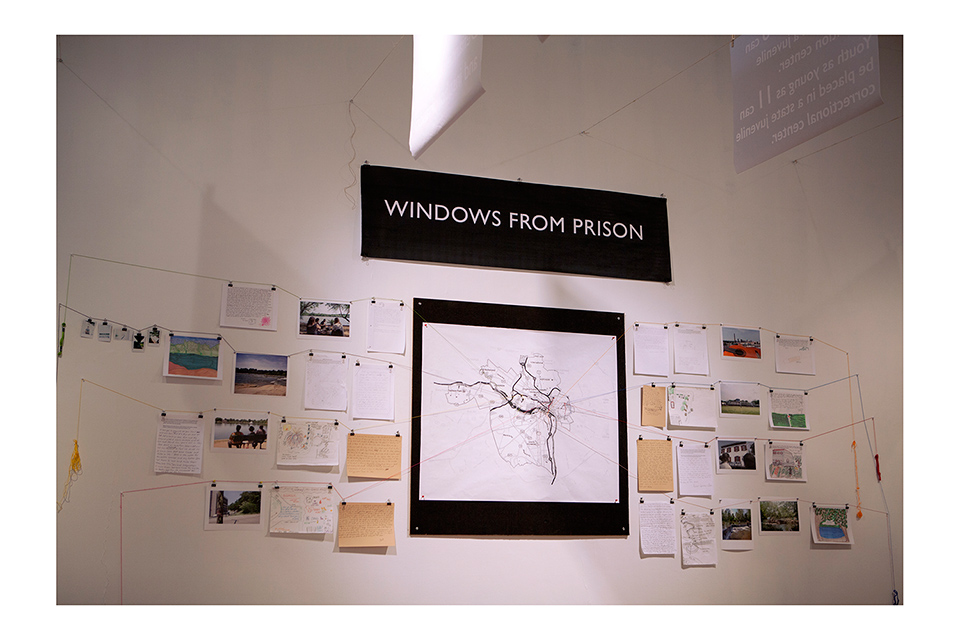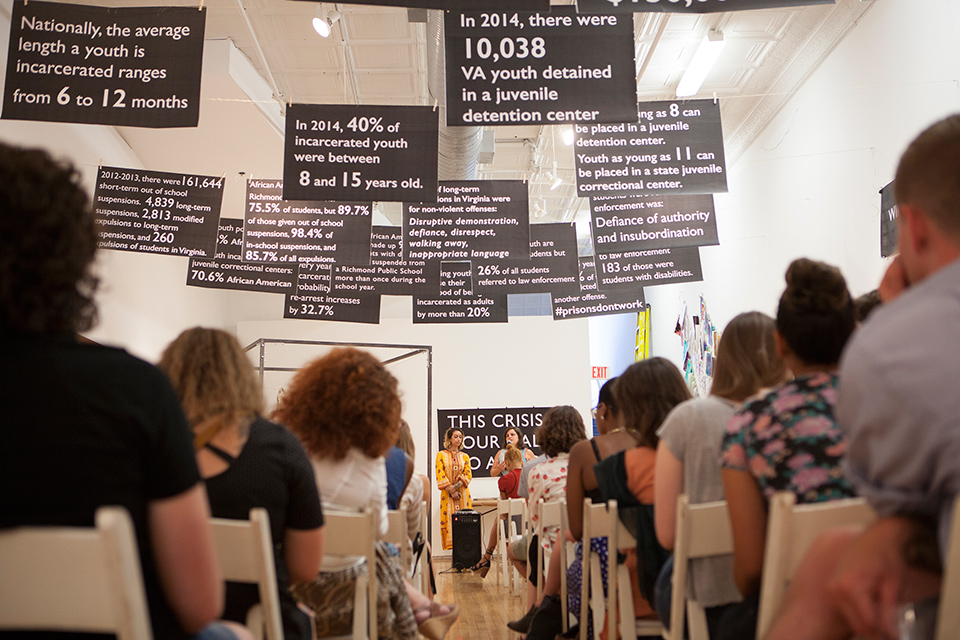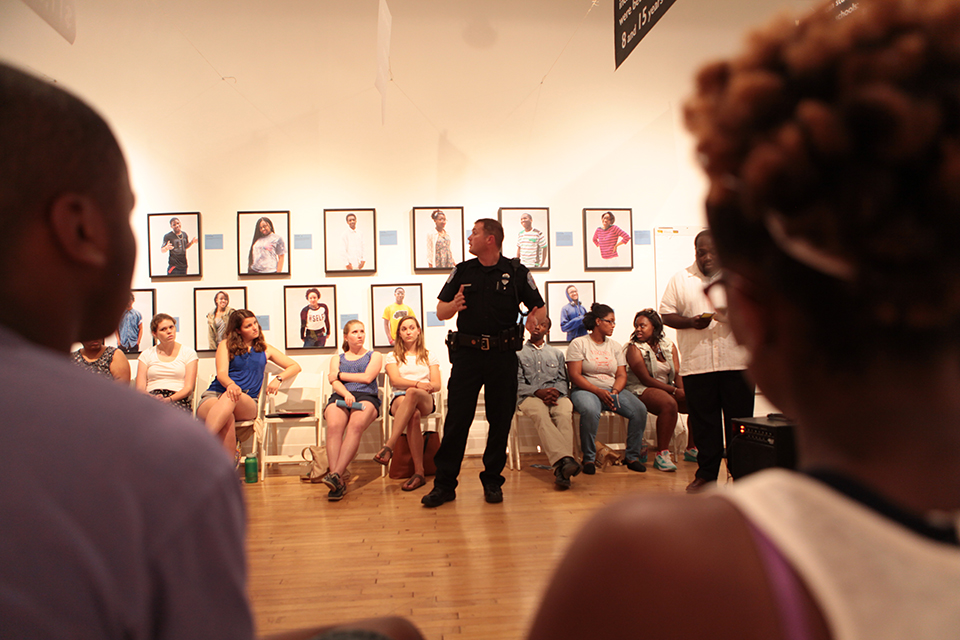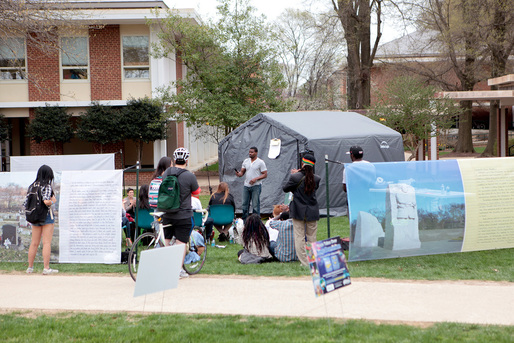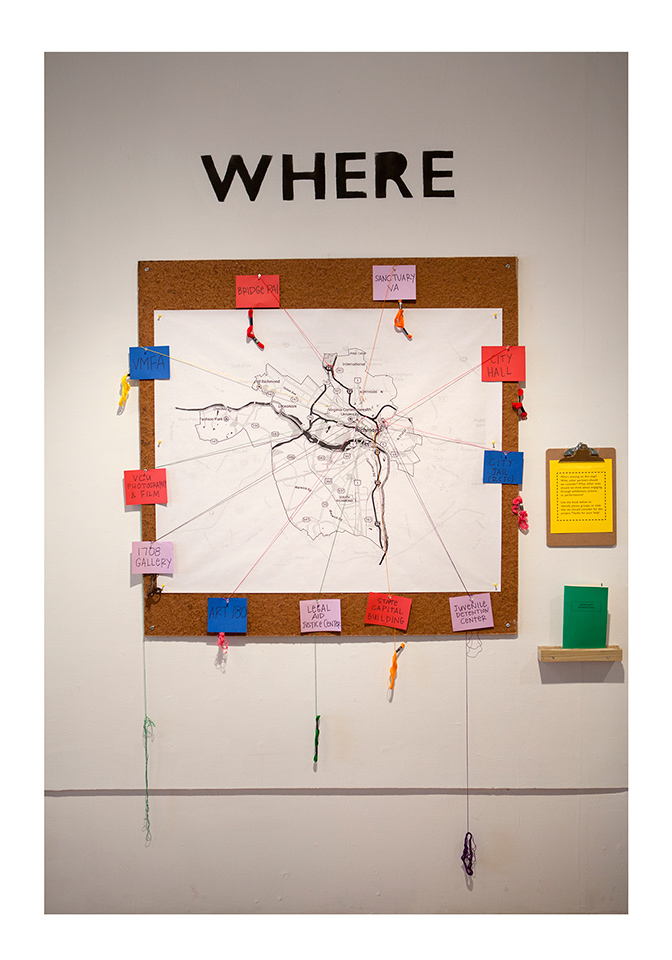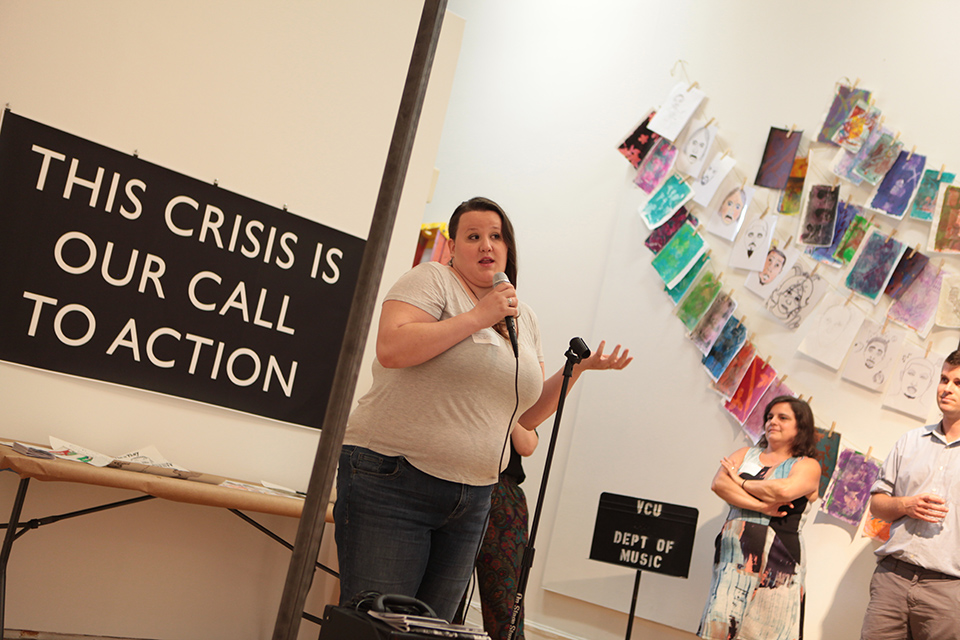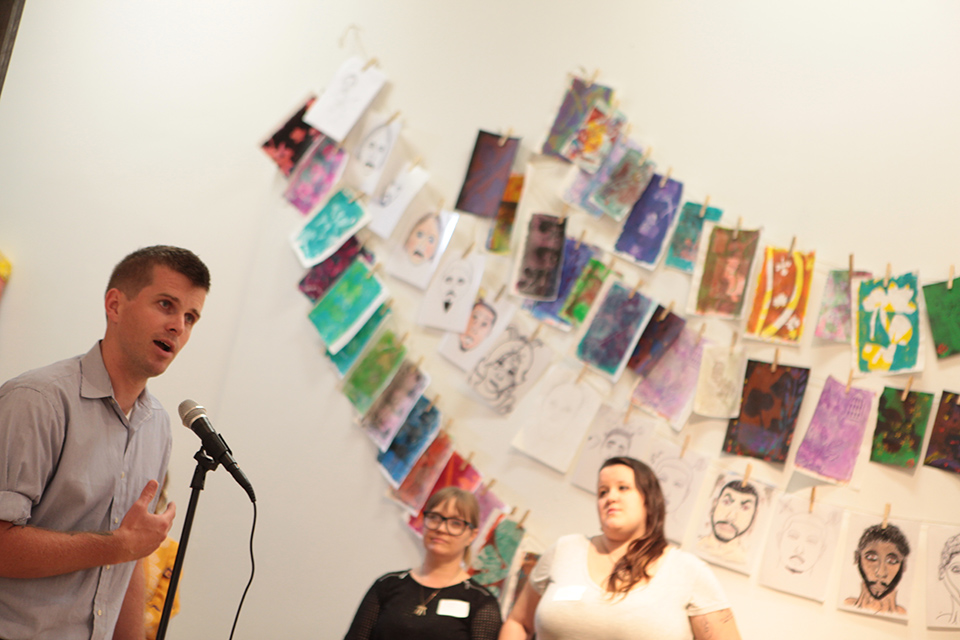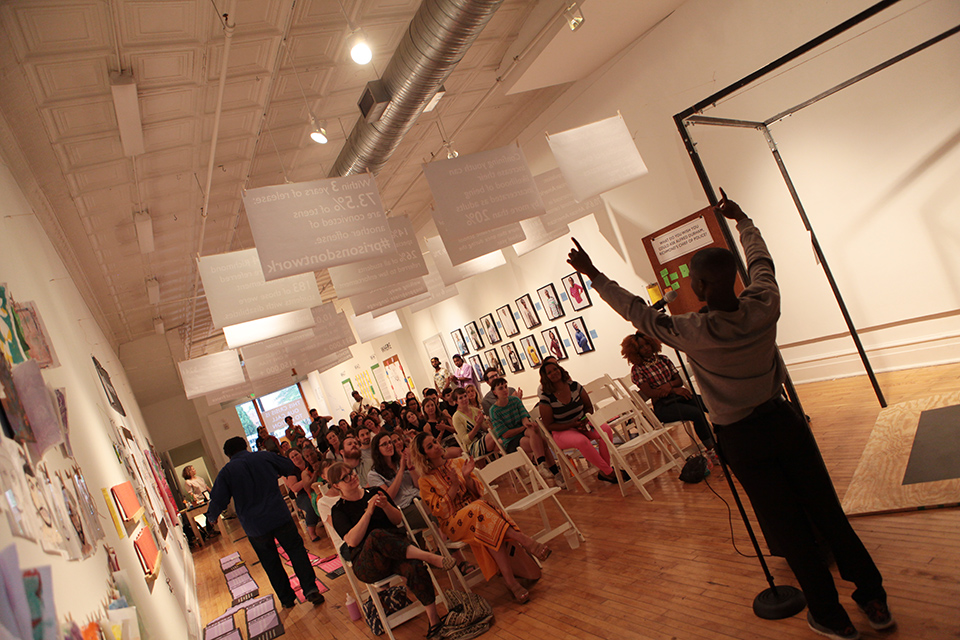Windows From Prison – PhotoWings + Ashoka U InSights Grantee: George Mason University
Click here to learn more about the grant and view all InSights grant winners
Windows From Prison - George Mason University
Grantee: Mark Strandquist
Title: George Mason University Alumni
Windows from Prison asks the question, “If you could have a window in your cell, what place from your past would it look out to?” to hundreds of prisoners who were convicted in the Washington, DC area and are sent to prisons throughout the country. The corresponding answers/photo requests are then fulfilled by GMU students and mailed back to the incarcerated participants. An exhibit of the photographs includes a ‘Skype forum’ with incarcerated individuals, film screenings, letter writing workshops, and teach-ins. As a way to engage with the larger GMU community, students are working with faculty to design and print an exhibit newspaper.
What is your idea for the InSights project?
Windows From Prison utilizes photography as a way to connect incarcerated men and women to their alienated pasts and to create space and humanistic entry points for students, faculty, staff, alumni, and community members to discuss the sources, impacts, and alternatives to mass incarceration. “If you could have window in your cell, what place from your past would it look out to?” This question is asked to hundreds of prisoners who were convicted in the Washington, DC area but sent to prisons across the country. The corresponding answers/photo requests are then fulfilled (by GMU students) and mailed back to the incarcerated participants. When exhibited the project utilizes the images as a humanistic starting point to engage with a multidisciplinary group of GMU scholars, policy/justice activists, and community members. The highly participatory project creates alternative, collaborative, and activated models for the form and function of contemporary photography.
What is the story that you will convey through the project? How do you hope people will think or act differently as a result of your project?
The project creates space where the histories, ideas, and desires of incarcerated men and women are made public. No photo can capture the hegemonic effects of mass incarceration, nor any of the most pressing issues throughout the world. Likewise, no research or activism will ever reach it’s full potential without involving the human beings and communities most affected. The project brings together a multidisciplinary group of collaborators and participants to create as comprehensive a “story” as possible. The photo-requests and corresponding writing by prisoners become the catalyst and humanistic meeting place for a multitude of scholars, researchers, policy advocates, and community members to build upon and provide the critical context. The culminating exhibit and extensive list of public programing will not only create a complex, human, and activated story about incarceration in the United States but will create social, artistic, and political models that can be transposed in other localities.
Grantee:
Mark Strandquist
Mark Strandquist (Richmond, VA) is an artist, educator, and community organizer. His projects facilitate interactions that incorporate viewers as direct participants and offer alternative models for the creative, social, and political ways we engage the world around us. Each interactive installation functions not as a culmination, but as a starting point and catalyst for dialogue and exchange. While photography is often used, the visual aesthetics and technical mastery of the medium become secondary to the social process through which the images are created, and the social interactions that each exhibition produces.
His work has been exhibited in museums, conferences, film festivals, publications, and galleries. The project Write Home Soon was exhibited in the 2012-13 international showcase of Socially Engaged Art at the Art Museum of Americas, Washington, DC and The People's Library, which he co-produces, is on permanent display at the Main Branch of the Richmond Public Library.
What expertise and experience equips you to lead this project?
Facilitating space where diverse communities come together to engage creatively is fundamental to my work as a public artist. The project ‘Write Home Soon,’ which was exhibited at the international showcase of socially engaged art at the Art Museum of the Americas, was a cross-city project that involved over a thousand participants and more than forty workshops. For the ongoing project ‘The People’s Library,’ a permanent installation I co-produce at the Main Branch of the Richmond Public library, dozens of workshops have been held to create a library designed, built, and authored by community members. Additionally the ongoing project, ‘Some Other Places We’ve Missed,’ uses photography and education as catalysts for connecting incarcerated youth to their high school peers across Washington, DC. Through a series of creative writing and photography workshops, and extensive partnerships (Georgetown University Law, Human Rights Watch, ACLU and many more) the project offers students a meaningful set of artistic, social, and civic skills, while showcasing the powerful role of art and education within social justice and policy work.
How are you going to create an event that brings together people from different disciplines and backgrounds?
For the exhibit, the requested images become the starting point and catalyst for additional actions that engage diverse communities in collaboration, dialogue, and exchange. Corresponding programing will include a 'Skype forum,' where incarcerated individuals read poetry and engage in conversation with those present in the gallery. This event will be broadcast live by a local radio station completing a social circuit (from prison to gallery to the general public). Additionally, the exhibit will host film screenings, letter writing workshops, and teach-ins led by GMU scholars, students, and community members affected by incarceration. Students will work with faculty to design and print an exhibit newspaper which will be given out across campus as a way to extend the work beyond the gallery and engage with the larger GMU community. The newspaper will include images and writing from the incarcerated participants, exhibit information, local prison demographics, and editorials written by GMU scholars.
What are your ideas for keeping the dialogue and community going?
By creating space where hundreds of incarcerated individuals, scholars, students, and community members can connect in creative, critical, and compassionate ways, the project creates a meaningful bridge of dialogue and action. We hope that the project is the starting point for these relationships to continually expand in unforeseen and organic ways. Throughout the year additional photo requests will be uploaded to the project’s website for GMU students to fulfil. Funding would allow for programing to continue throughout the year. Additionally, through extensive documentation, reflection, and writing, the project provides a visual toolkit for how this could be transposed in other communities and campuses.
Following on the success of the PhotoWings/Ashoka U Insights Grant project "Windows from Prison" at George Mason University (GMU), the PhotoWings Outreach Program has funded community outreach and documentation of a second iteration of the project in Richmond, Virginia. PhotoWings has also provided funding for a strategic Toolkit that will offer collaborative solutions used by the "Windows from Prison" organizers to implement the project in Richmond and other locations (GMU, Parsons School of Design and the University of Michigan).
The latest project, Performing Statistics, New Monuments is a city-wide art and advocacy project spearheaded once again by AshokaU/PhotoWings Insights Grant winner, Mark Strandquist. It features collaborative exchanges between prisoners, youth, artists, musicians, community activists, and policy advocates. Working with the Legal Aid Justice Center and other partners, including the 1708 Gallery and Virginia Commonwealth University, the project will generate media campaigns, photo-based public installations and performances to engage with the causes, effects, and alternatives to mass incarceration in Richmond, VA.
Merging art, education, and community activism, the project works with individuals most affected by mass incarceration (incarcerated men and women, and teens in a sentencing diversion program) to develop the tools, skills, and networks to positively impact their lives and communities.
In 2014, the project was also awarded a Magnum Foundation Project Development Grant and a Puffin Foundation Grant.
Images courtesy Mark Strandquist
"The criminal justice system is so complex, that to challenge it in a meaningful, lasting, and generative way, the project links efforts across discipline, race, class, experience, and expertise. To this end, Performing Statistics, New Monuments brings together artists, activists, radio DJs, trauma care specialists, lawyers, currently incarcerated men, women, and teens, and many others. This rare and robust collaborative community helps ensure that the project reaches a multitude of audiences (from fellow prisoners to policy makers) and is able to build and expand the local leadership and advocacy needed to engage with this social emergency.
Within Virginia, 1 in 5 African-Americans (more than 200,000 individuals) are politically disenfranchised because of criminal records. This disenfranchisement has helped widen the distance between those in power and those most impacted by these issues. The Legal Aid Justice Center (LAJC) has described their most significant hurdle in convincing policy makers to adopt their proposals as a "radical lack of empathy" for those caught up in, or affected by incarceration.
Performing Statistics, New Monuments addresses this context by looking to those most affected by mass incarceration as the experts society needs to listen to (through a Think Tank of prisoners and at-risk youth). By utilizing creative exchanges and collaborative media strategies, the project will create visual campaigns that foster empathy and understanding, while further developing avenues for communities to advocate for themselves, their neighbors, and future generations. "
Learn more about the Performing Statistics project:
http://performingstatistics.weebly.com
Featured article and interview via Juvenile Justice Information Exchange:
http://jjie.org/windows-from-prison-provides-visions-of-home





